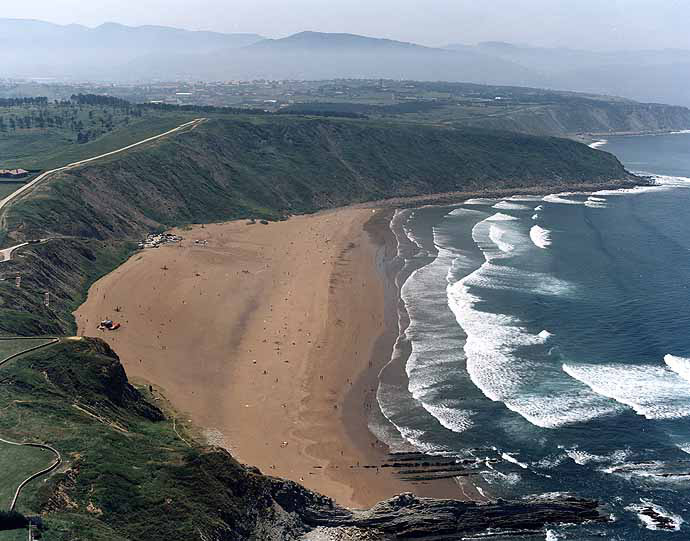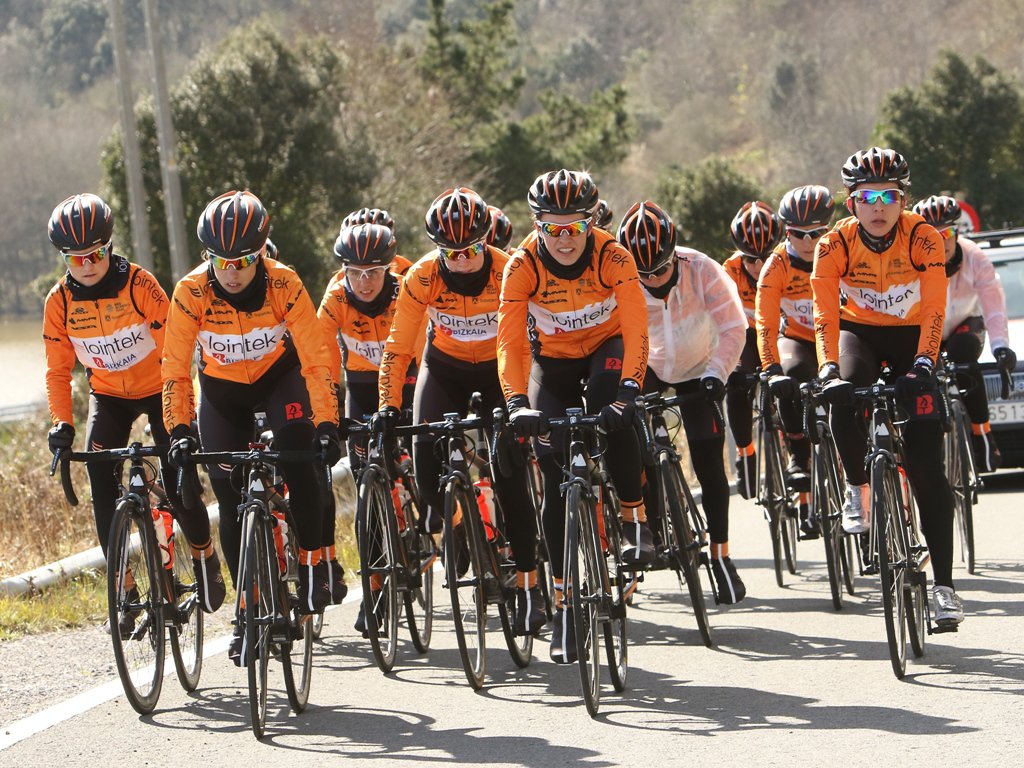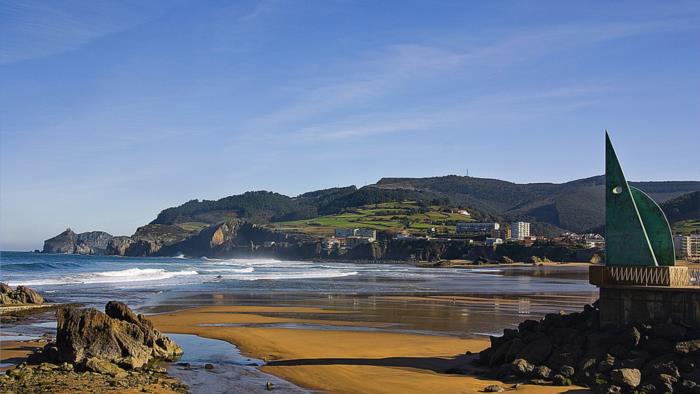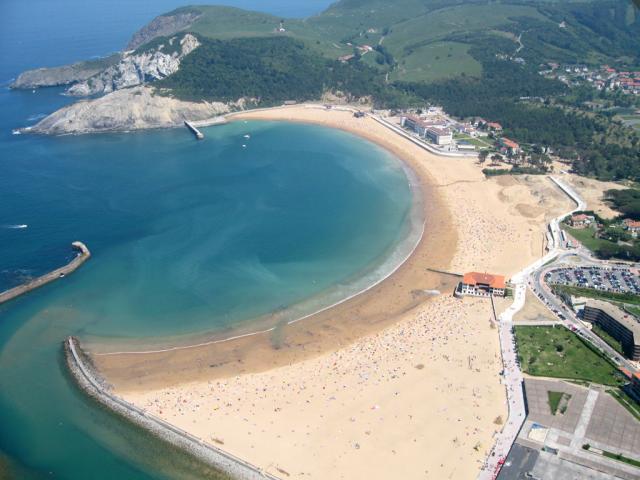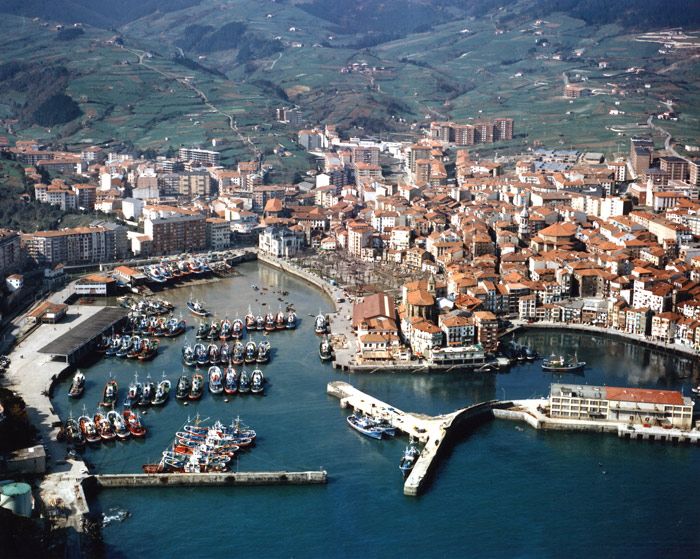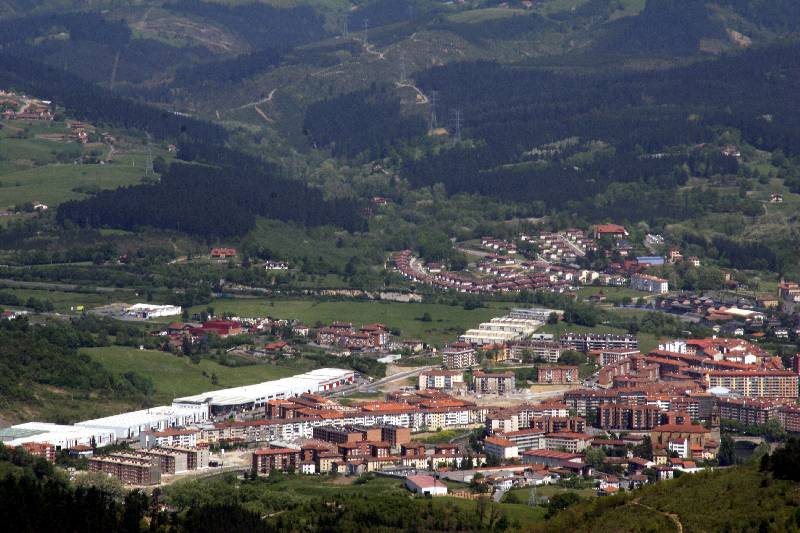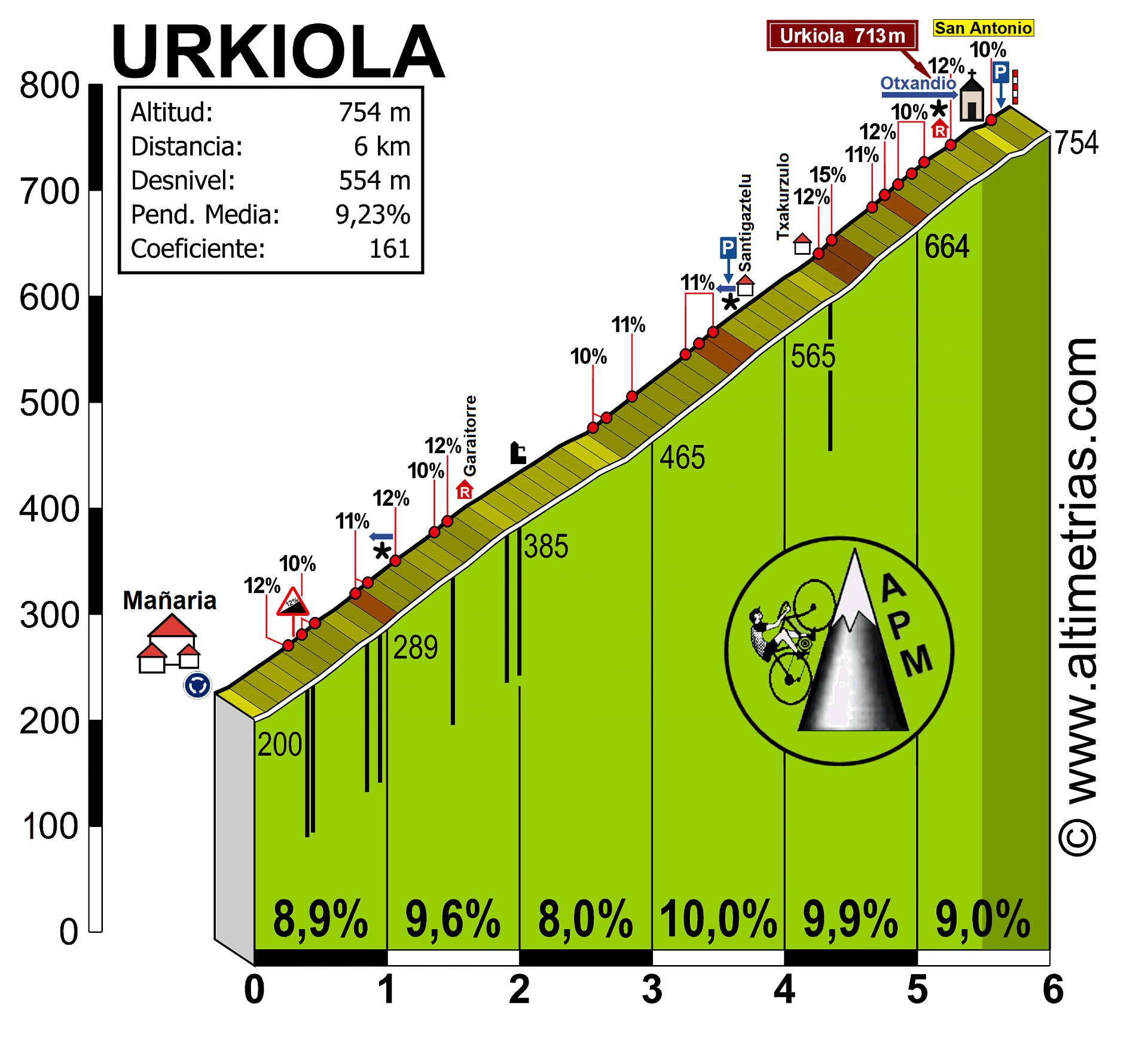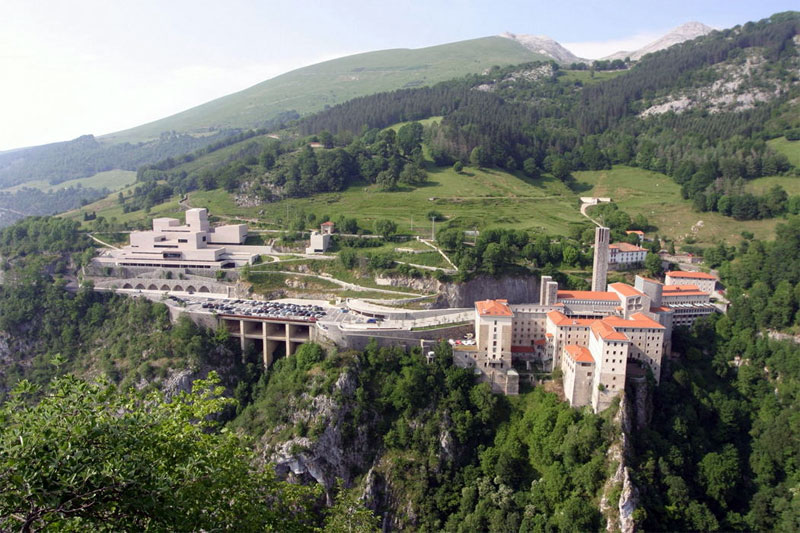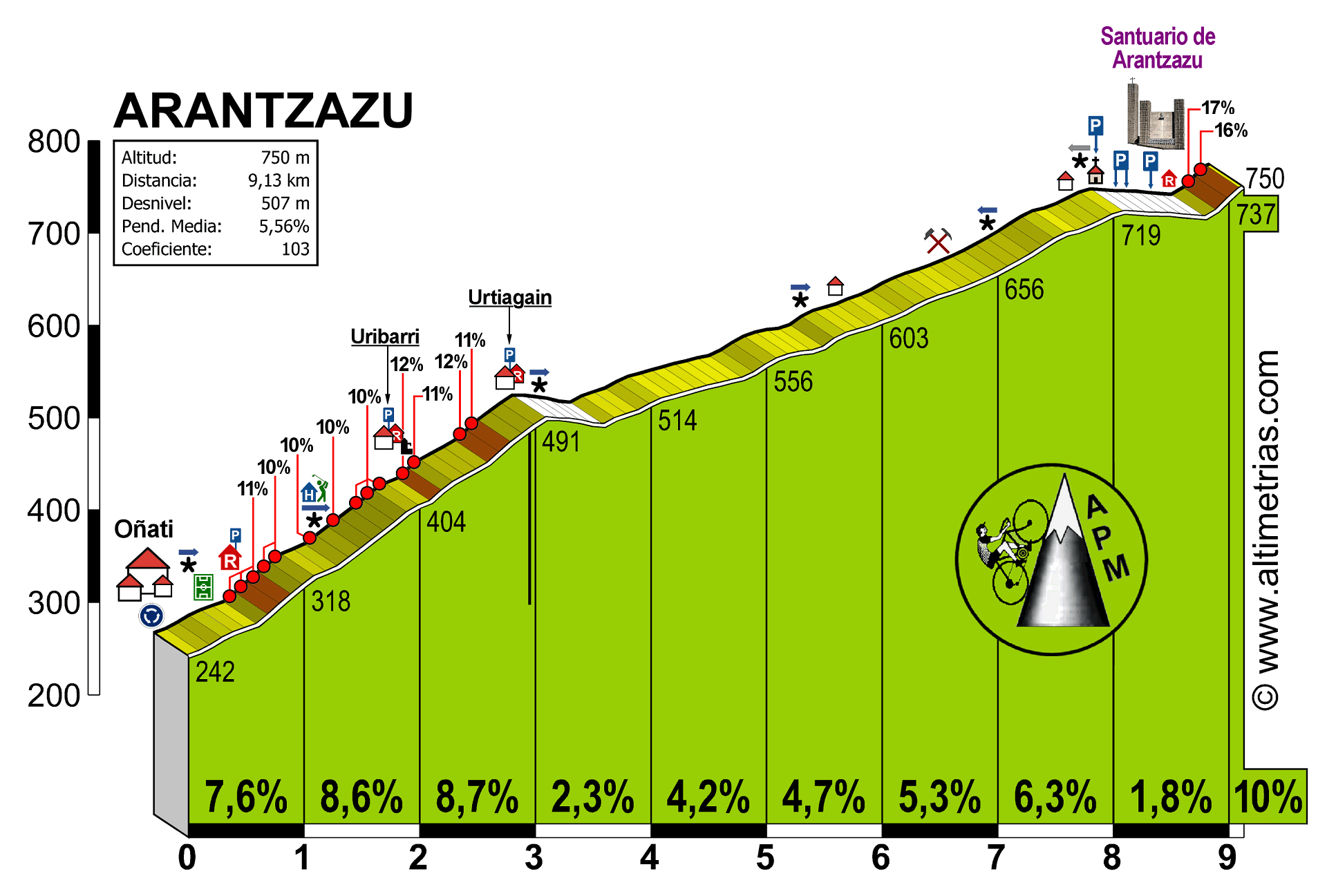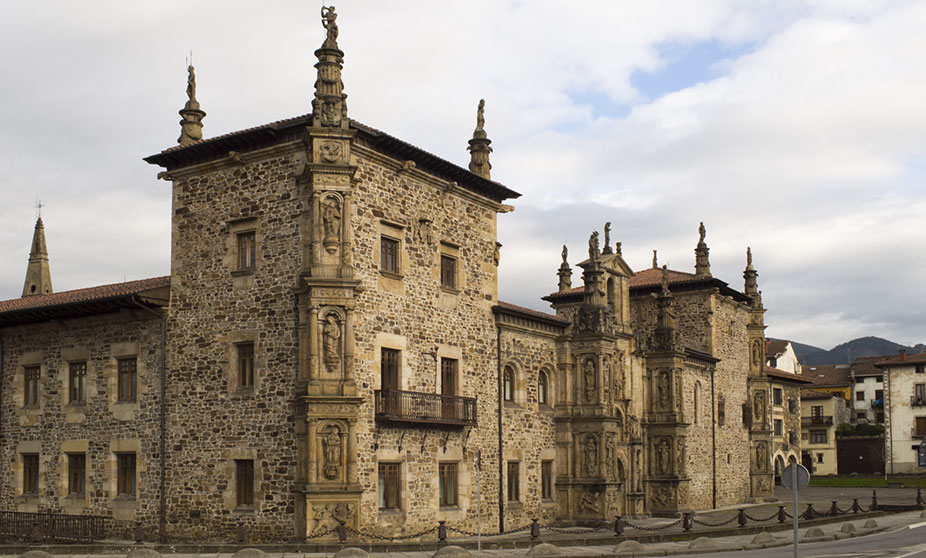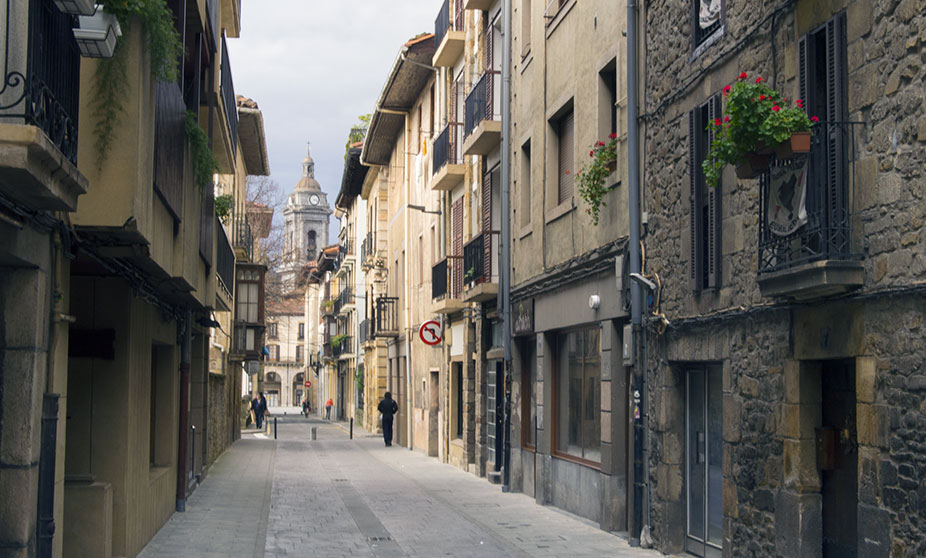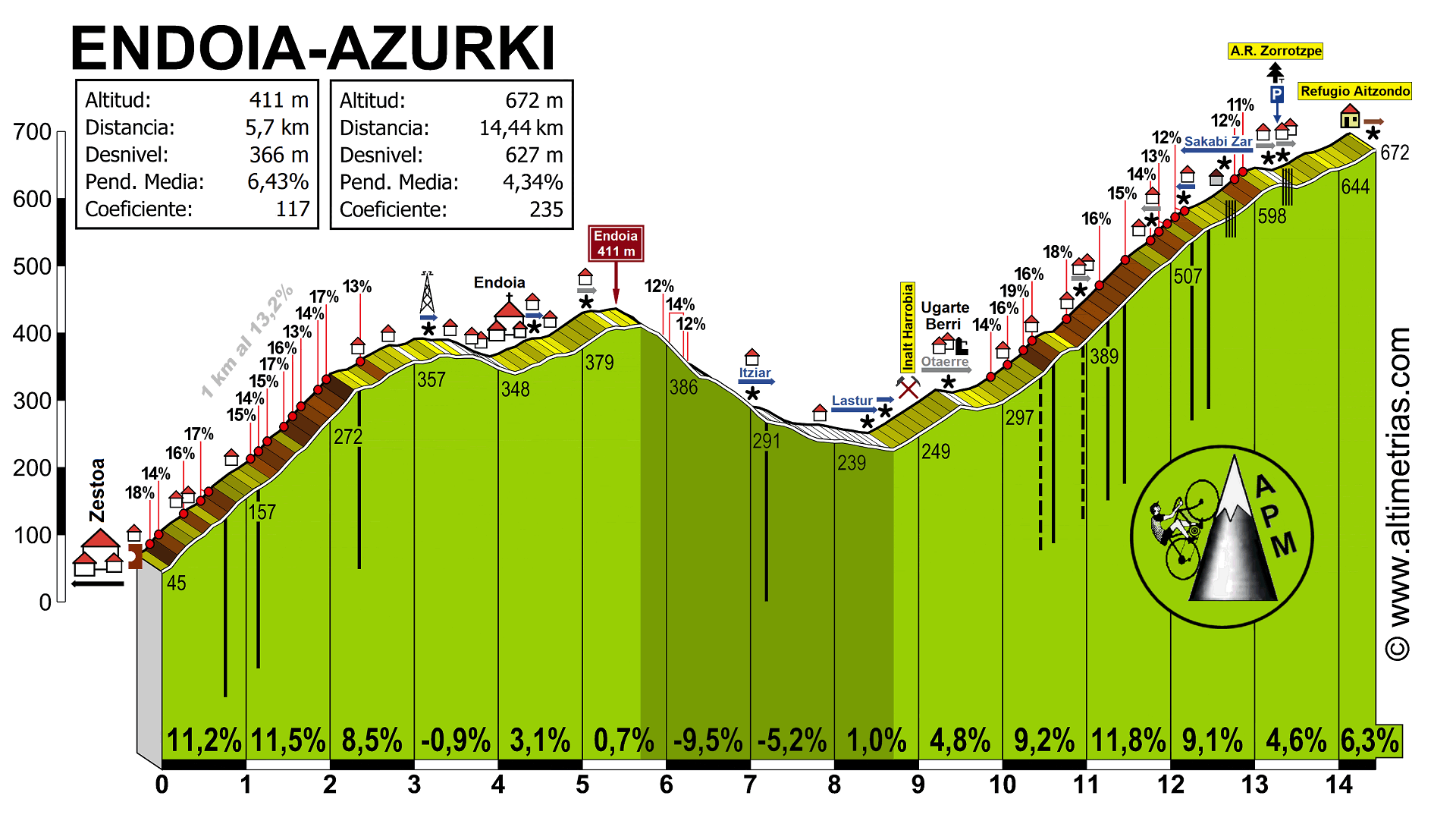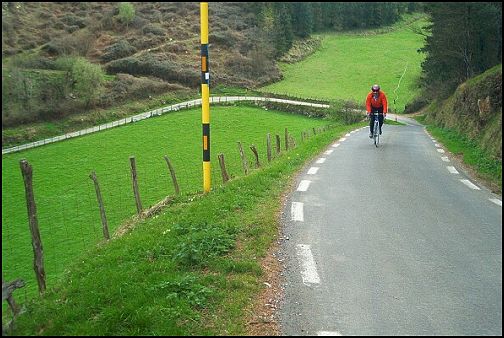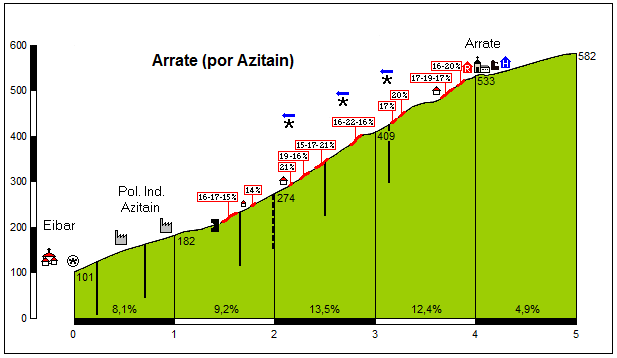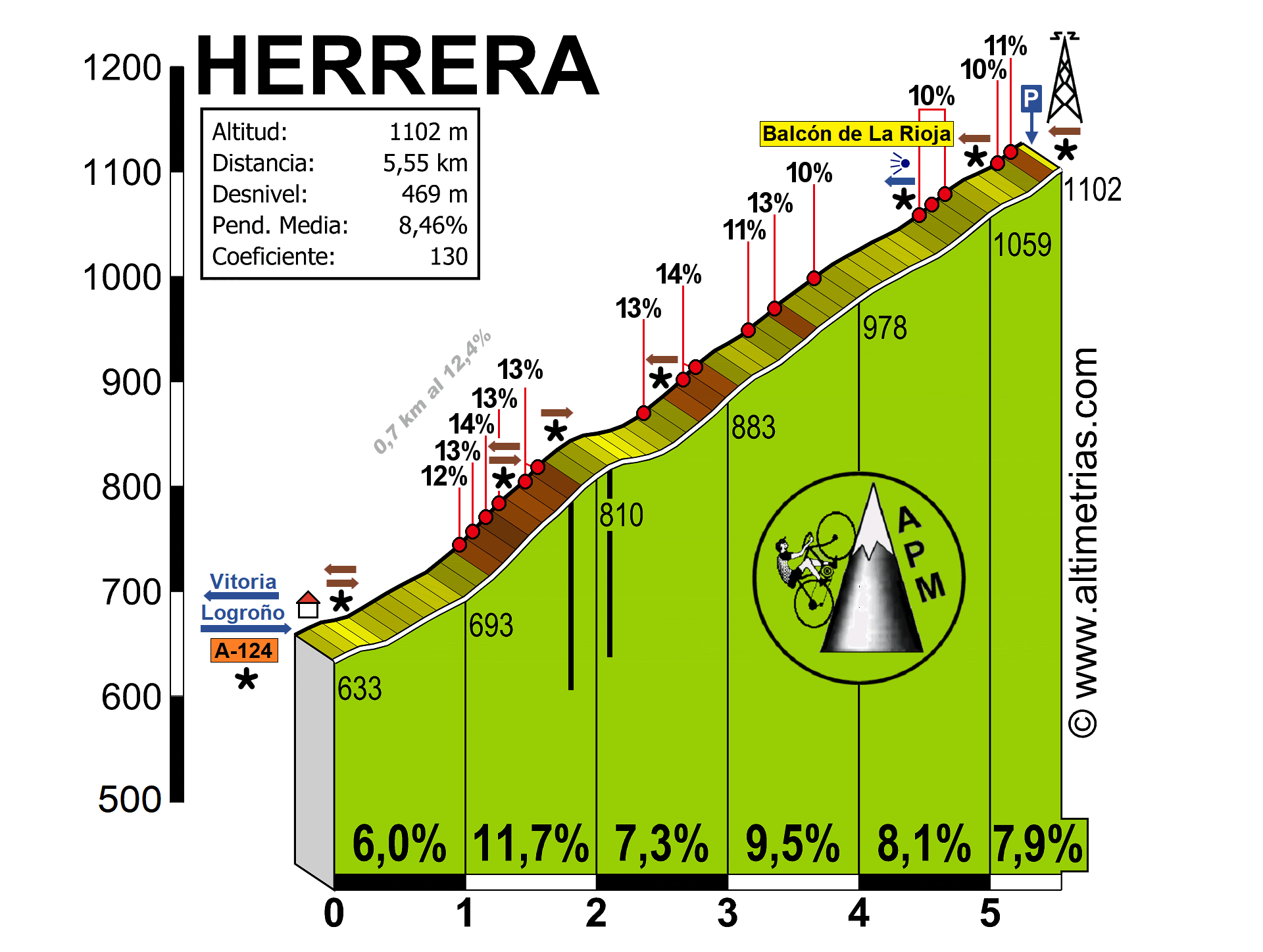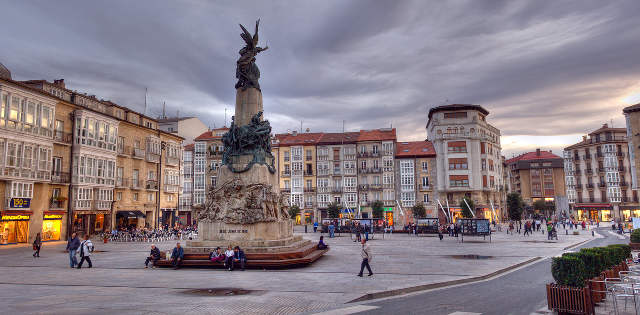Re:
Libertine Seguros said:
railxmig, the level of detail is incredible on even the flatter stages here, but you need to mention that Łódź is film director David Lynch's favourite city for additional bonus points
So i'll give you additional bonus points if you'll answer me how i was supposed to know that

. Sadly or not i'm not a Lynch specialist. The level of detail is thanks to an excellent coverage Poland has on wikimapia. I dunno how good of a job does Google Translate so there may be some slip offs.
mikii4567 said:
Hey,
I am new to the forum, but have followed this thread for about a year now and want to join in. I have managed to design a race that I want to share. The only problem is that it is a Tour de Pologne, and we already have one of them going

. Also, the thread seems busy at the minute, as railxmig claimed. Thus, I will wait until next week to post.
I'm worried that since this thread became sticky it's almost allways busy. You need to either have luck or work on patterns to find some space so you won't be left unnoticed. It's quite important especially if it's your first race. Otherwise you'll be eaten alive by Libertine with yet another Basque race or Vuelta. If you, Libertine, won't make your Tour de France public in next 2 months then i'll find you and... show your true identity

. Or force you to have a dinner with Peter Sagan

.
Ok, now let's stop joking and get to Tour de Pologne.
@mikii4567, i should end my race tomorrow.
DISCLAIMER: BECAUSE ORIGINALLY THIS POST WOULD BE JUST TOO LONG (ALMOST 6000 WORDS) I'VE DECIDED TO POST JUST AN EXCERPT OF IT LEAVING ONLY CYCLING RELATED INFORMATION WHILE CUTING OFF GEOGRAPHICAL AND HISTORICAL PORTIONS. STILL THIS POST IS OVER 3500 WORDS LONG SO SORRY IN ADVANCE FOR IT'S LENGTH.
SPECIAL DISCLAIMER TO LIBERTINE: I have no clue who lives where or with who, who likes what or who trains where so don't expect any of such informations in this post. I only know that in one of the villages (called Dubiecko) a polish poet Ignacy Krasicki was born. Don't take this disclaimer seriously, i really don't know anything about these subjects and i don't even know where to find such informations. I limit myself only to design, historical and geographical informations as those are relatively easy to find.
I have a nasty suprise for today and it's not the length of this post which of course balooned under my apparently weak supervise. This suprise is a hill which is just slightly easier than Huy but its surface is where its strength lies. It'll be procedeed by propably even harder next stage before the last TT to Kraków.
Tour de Pologne - library:
link.
Tour de Pologne – stage 5. Sandomierz - Przemyśl-Zniesienie, 211km, ~900m asc, hilly
Start: Sandomierz, Rynek, Starówka
Km 0: Sandomierz, Lwowska, 4,9km from the start
Start - km0: Rynek - Generała Michała Sokolnickiego - Browarna - Zawichojska - Żwirki i Wigury - Lwowska
Finish: Przemyśl, Przemysława, Zniesienie
Sprint 1: Tarnobrzeg, Generała Władysława Sikorskiego, 450m straight [11km]
Sprint 2: Mielec, Henryka Sienkiewicza, 1,3km straight [51,5km]
Feed zone: Trzeboś, 881 [110km]
Climbs:
Husów - 2,9km, 5,6% (max 9%), 2 Cat. 414m
Jawornik Polski - 1,5km, 7,2% (max 13%), 2 Cat. 354m
Szklary - 1,2km, 6,6% (max 11%), 3 Cat. 371m
Babicka Góra - 1,1km, 4,7%, 3 Cat. 317m
Reczpol - 1,5km, 8,3% (max 11%), 1 Cat. 342m
Przemyśl-Zasanie - 1,4km, 3,7%, 3 Cat. 278m
Przemyśl-Zniesienie - 1,5km, 9,1% (max 14%), 1 Cat. 341m
Panorama of Sandomierz.
Sandomierz is colorfuly located on a cliff on the left bank of Vistula river. Most of the streets in the historical centre are cobbled and likes to go uphill. You know what it means – there are some possibilities to use these circumstances to the advantage. Propably the creaziest one is to incorporate a small stone wall just east of the castle which reaches the intersection of Zamkowa, Mariacka and Staromiejska street just under the castle. It's just 100m long but considering very rough stone surface and 10% slopes it can be very painful 100m.
Narrow 100m stone road in Sandomierz.
Combine this with other cobbled streets and some available space in the Main Square opposite of the city's hall. It can be reached either via Mariacka street and then across the Main Square or via Zamkowa street. Choosing Mariacka street will result in first 200-250m in steep around 10% uphill to then flatten out for next roughly 200m to then steepen out for the last 100m in the Main Square. Overall it's 600km at 6,7% but with first 300m at around 10%. Choosing Zamkowa street results in much more regular profile without flats and steep stuff. It's roughly 50m shorter while overally steeper – 550m at 8%. The surface of both streets is similar on city cobbles which do look quite rough.
Cobbles on Mariacka street in Sandomierz.
While the mentioned 100m stone road is most propably out of contention to any cycling race the Mariacka and Zamkowa streets with eventual finish in the Main Square maybe could be possible. There is an alternative to that 100m road as the main road (extension of Zamkowa street) is just left of it and goes around the castle on like a pseudo serpentine. It's of course longer, shallower and on much better cobbles but it is a much more realistic option than the road i presented. Overall taking whole Zamkowa to the Main Square would be 700m at 6% without any steep stuff while taking Mariacka would result in 750m at 5,5% with the 200m long around 10% dip at the entrance of Mariacka i metioned before. Of course these ascents are entirely cobbled.
From upper left to bottom right: Zamkowa + Mariacka, Zamkowa, 100m stone road + Zamowa, 100m stone road + Mariacka.
There are much more roads to reach the Main Square. From east there's Browarna street which is 450m long at 8,2%. Of course it's cobbled. These cobbles seem to be of similar quality like those on Mariacka street. From north there isn't anything particulary interesing as the roads are mostly asphalted and there's no cliff, only shallow rise to the historical centre. From east it's shallowy like from north but there is a longish Staromiejska street which is 600m and is interstingly mostly downhill at roughly 5%. It reaches the intersection of Zamkowa, Mariacka and that 100m stone road i mentioned before so it can be combined with either Zamkowa or Mariacka. Surface is of course cobbled. They seem to be a bit better quality than on Browarna street.
As you can see Sandomierz can be a good cycling ground. Sadly there's not much in the region besides Sandomierz as most of the roads aviods any bigger percentages going through valleys and ravines if they need. It means that there will be no action beside last 1km but i wonder if a tough prologue/TT is possible.
I guess after a lengthy introduction it's time for today's stage. It will
start on the Main Square (either left or right side of it) in the shadows of the city hall. Then riders will go through Generała Michała Sokolnickiego, (short extension of) Browarna, Zawichojska, Żwirki i Wigury (national route 77) and Lwowska (route 723) where km 0 is located 4,9km from the start.
Remainings of a royal castle in Sandomierz.
Riders will continue on route 723 on the east bank of Vistula where after 10km they'll reach
Tarnobrzeg where the first
sprint of the day will be held. The sprint will be held on Generała Władysława Sikorskiego street after 450m straight line, 11km from the start. Because this sprint is only 10km after km 0 and there are 10s at stake the breakaway may have problems to get away before this sprint.
Castle in Dzików, part of Tarnobrzeg.
Roughly 40km after Tarnobrzeg is a rather big city of
Mielec where the second
sprint of the day is located. It's on Henryka Sienkiewicza street after 1,3km straight line, 51,5km from the start. Mielec is mostly an industrial city which begun it's rise during the interwar period thanks to being in the middle of projected Central Industrial Region where a plane factory was located. Riders then will head to Łańcut and then Carpathians.
Partly "overgrown" castle in Łańcut in the summer period.
The first categorised hill of the day is up to the village of
Husów. I'm not sure if this hill isn't called Taterka but i prefered to stay with the name of the village. This hill is
2,9km at 5,6% (max 9%) and it's a cat. 2 hill. It's kind of irregular hill with stretches of 7-8% followed by false flats. Harderst part is in the middle with a whole km at 7,5%. The road riders will take is from nearby Albigowa village through Handzlówka village. Road to Albigowa is two-lane on average surface, from Albigowa to the summit is narrower, like 1,3-lane wide. Descent from this hill to Hadle Szklarskie is relatively shallow with only a small portion of 6-7% slope but it's still on the same narrowish road with two bigger bends and lots of small curves.
Profile of Husów hill.
In Hadle Szklarskie riders will turn right into Jawornik Polski. This road linking Hadle Szklarskie with Jawornik Polski hides a short but nasty suprise. It's the second categorised hill of the day. It's labeled as
Jawornik Polski, a
1,5km at 7,2% (max 13%) and it's cat. 2. First 500m are at roughly 9% with max slope of 13%. Next 1km gets easier towards the false-flat top. Descent to Jawornik Polski is rather easy with only one visible bend. In Jawornik Polski riders will turn right into a wider, 2-lane route 835 where another hill awaits.
Profile of Jawornik Polski hill.
Leaving Jawornik Polski through route 835 into nearby village of Szklary riders will encounter another categorised hill of the day. It's labeled as
Szklary (it looks like a col but i couldn't find any name of it) and it's
1,2km at 6,6% (max 11%) and it's a cat. 3 hill. The profile below adds basically false flat 0,5km which i didn't count. This hill begins quite shallow at 4-5% but gets progressively steeper with small parts up to 11% close to the top. Descent to Szklary is short and quite easy with basically only one serpentine and one small bend.
Profile of Szklary hill.
Next hill is called
Babicka Góra (326m a.s.l.). The road goes close to the summit of it up to 317m a.s.l. I for long time wasn't sure if this hill needs categorisation as it's only like
1,1km at 4,7% but decided to go with cat. 3 to ensure that there will be more cat. 3 hills than cat. 2 in Tour de Pologne. For riders this hill will be just a small interruption in pace and to remember how to climb as last 25km were practically flat and next kms will be difficult.
Why those next kms will be difficult? Road soon turns inland leaving San river for a short while. This detour of course results in some climbing, and this climbing will be quite tough. This hill is called
Reczpol after a small village on top of it. It's
1,5km at 8,3% (max 11%) which is a lot. It's first TdP hill which has an average of 8% and more. It's a borderline cat. 1/2 hill. I decided to go with cat. 1 so this hill is officially the first cat. 1 of my Tour de Pologne. In the profile below there are additional 500m on top which are a false-flat and i decided to omit them.
Profile of Reczpol hill.
On top of this hill there are roughly 3km of false-flat before a quite steep descent back to San valley. This descent is roughly 2km long at around 6-6,5% with a small part in the middle at around 11%. This descent is rather easy, on a wide, 2-lane road and only like a one or two small turns. From the bottom of descent there are like 10km left to Przemyśl which are mostly flat in the San valley.
As riders will enter
Przemyśl they'll almost immediately leave route 884 by turning left into a bit worser but still two-lane road (Marcina Bielskiego street) which goes uphill with three serpentines. This road up to the city's district –
Zasanie is only
1,4km at 3,7% which barely makes it a cat. 3 hill. It's not the hardest hill in the world by any stretch but placement very close to the bottom of the last hill (1km between end of the descent and foot of the last hill), presence of serpentines (quite rare occurence in Poland) and very straight but steep (up to 10%) descent makes it a quite difficult part of the stage. Placement on this hill will be everything so on the run-in and on the hill pace will most propably be frantic. I doubt there'll be any selection on it, it's too easy in my opinion.
Castle in Przemyśl.
After the descent through straight, two-lane Biskupa Jakuba Glazera street there is roughly a km left to the foot of the last hill. This is a very important 1km with 4 turns. First two just after the descent on Grunwaldzka street (right-left chicane), then 250m later right into a bridge, after bridge (300m) right in three-lane Jagiellońska street and then a left turn 200m later to enter the last climb.
This last climb known as
Zniesienie is difficult. It's parameters are similar to Mur de Huy but it's the surface that's the biggest problem here. This hill is
1,5km at 9,1% with max at 14% and it's a cat. 1 hill. Maybe it doesn't have over 20% patches but these over 10% ones are mostly on a surface different to regular asphalt. It's worth to mention that 200m of this hill are flat, so the rest of it is propably close to 10% or above. Last 1km is at stable 11%.
Profile of last 1km of Zniesienie hill.
This hill can be separated into three parts based on the type of surface. First 500m long part is on cobbles. Those seems to be mainstream city cobbles but there are some small, more uneven patches which can throw off riders. This part goes through Walerego Waygarta street – Grodzka – south-west part of Rynek (Main Square) – Aleksandra Fredry and Plac Katedralny (Cathedral Square).
Surface at the bottom of Zniesienie.
I know that riders and TV won't have any time to admire the surroundings but if it would be just another hill like 30-50km from the finish what kind of surroundings they would see? On the Main Square there are a couple of mansions from XVII c., modernised in XIX c. On Aleksandra Fredry is St. Maria Magdalena Church with an adjacent Franciscan monastery from XVIII c. On Plac Katedralny (Cathedral Square) is a basilica from XVI c.
Basilica in Przemyśl seen from east, riders will go alognside the cobbled road.
If they would not turn left on Cathedral Square but keep straight then after 150m they would reach a castle in Przemyśl. If they would turn left, not right at the entrance of Cathedral Square then they would reach this monstrocity below at the Carmelites Monastery yard.
Surface close to Carmelites Monastery.
Of course this surface could be even comparable with the Arenberg one and these easier patches on the side of road are an illusion. They're verry narrow (one bike wide) and there are three tight serpentines so keeping this line would be difficult for any riders besides like leading 5.
Second 500m long part of this hill is actually asphalted but it's in a varied state. First 200m on Kapitulna street are on a fine surface and considering the rest of this hill it will be a relief to a lot of these riders. On Kapitulna riders will pass close to yet another monastery of Carmelite sisters from XIX c. After Kapitulna riders turn right into Tatarska street which leads to the top of this hill. The asphalt on Tatarska is in a worser condition than on Kapitulna so riders should look out for bumps and patches in surface.
Surface in the middle of Zniesienie.
After like 300m on Tatarska street the surface chances yet another time. It's the third, last part of this hill which is 500m long and it's on a plattenwagen. A very bad plattenwagen with lots of asphalt/concrete like patches and gravel. This surface lasts for next 300m. Riders are now leaving the downtown of Przemyśl and are going through uptown to the ski station on top of Zniesienie. The percentages seems to up their game significantly from 8-9% to 12-14%.
Surface close to the top of Zniesienie.
After mentioned 300m the surface changes yet another time. This time into a mesh between the remains of asphalt and gravel/dirt. It's propably the hardest surface to ride on (kind of Tro-Bro Leonesque) and the percentages are the highest ones reaching 14% but i suspect that some of these patches may reach like 17%. Those roughly 200m are most propably the hardest one on this hill. Propability of flat tires is big but considering theres less than 300m to the finish it shouldn't be the biggest problem. Just run with your bike to the finish like in the old days

.
Toughest section at the top of Zniesienie.
At the top of Zniesienie there's a left turn into Przemysława street and like 50m to the finish line on the best surface of last 1,5km. Finish line will be drawn on Przemysława street where is a small parking for the finish installations just after the TV/Radio tower and before Cross of Trust. There's a small parking just after Cross of Trust for the most important motos while cars and/or buses could propably gather down in the city on Plac Rybi (Fish Square) and/or maybe somewhere else like a sports centre on Sanocka, west of Zniesienie.
Finish line on top of Zniesienie.

I have no clue what kind of differences there'll be. Propably they will be small but propably there will be no bigger groups than 2-3 which will be significant to GC. On top of that bonifications at the finish line will play an important part too. I'm not sure how big of a role will sudden changes in surface have but the last part can result in some tyres flat. A guy like Tony Martin who after TT and stage two could be a leader (if he will take part in Tour de Pologne which he actually may do, with such parcours) but most propably will lose a chunk of time on such percentages (20-30sec) to guys like Kwiatkowski (definitely a GC contender considering the parcours) or whichever north classics specialist who won't attend Eneco Tour. I'm not sure if this hill isn't too hard for Sagan. Maybe even somebody like Geniez will fare well, he won Tro-Bro last year so he knows how to ride on difficult terrain while having good enough punch to compete on such hill. But considering next three stages and propable GC up to this stage i would put my money on Kwiatkowski.
By the way, Zniesienie can be used as a pass. Przemysława street is another side of this hill. There are quite a chunk of roads south of it too, but they lead to nowhere. The side from
Przemysława (east side) is much more regular – 2,2km at 5% (max 11%). First 1,2km are on cobbless similar to those at the foot of the side i've took while last 1km are on a fine asphalt. What's interesting is that this road at the bottom does go through a cemetery splitting it half. Actually this side i think would be perfectly available for Tour de Pologne so i won't be shocked if some day in the future i will see a hilltop finish in Przemyśl.
If Tour de Pologne would be ever interested in Zniesienie then i wonder if they would have access to
Winna Góra (Vine Hill) as it's a better run-in/interruption before Zniesienie than used here Zasanie. It's 1,5km at 5% but first 400m are steep with a moment at 14%. I would have no problem of tackling it, i would then put the stage north of Pogórze Dynowskie but very heavy traffic route 77 could be an obstacle here. I prefer to not close down route 77, seems to be inportant which is understandable as we're now very close to the Polish-Ukrainian border (only a couple of kms east of Przemyśl). There is however an alternative road via Buszkowice which does intersect with route 77 only once but then i would be forced to go through what seems heavily used very important rail tracks which is understandable considering the closeness of the border. That's why i decided to approach Przemyśl from west via route 884 to not encounter these mentioned above problems. I'm not going with realism here but i still try to be as convenient as i can only be and considering my work with Kielce my designs are still clunky as hell.
I planned to use
Krosno as the finish for this stage but i discovered that mentioned on the last stage Łysa Góra (Bald Mountain) in Świętokrzyskie range is most propably out of my reach so leaving Tour de Pologne without a hilltop finish would be kind of against my plan. Thankfully i had an alternative waiting in Przemyśl which i managed to use. If Bald Mountain would be accesible to race then a combination of HTF on it plus a hilly finish in Krosno would be quite realistic.
Krosno likes to host
Wyścig Solidarności i Olimpijczyków (sadly i couldn't find any profile but time schedule should be fine enough) which goes through couple of laps with a hill up to Kamieniec castle north of Krosno. While it likes to end in the Krosno's Main Square i would (because TdP is much bigger than this race) change it to Bursaki street opposite of Hala Sportowo-Widowiskowa (Sports Arena) after 550m straight line. Such stage from Sandomierz to Krosno would be 188km long with 5/6 cat. 2 or 3 hills with last one of Kamieniec castle like 13 kms from the finish. Some of these hills are quite nasty like
Brzeżanka with max 16% slope or
Zamek Kamieniec with max 14% slope. I think such stage would be better than abysmal Nowy Sącz ones (i will come back to this city in near future) but still a sprint of 30-50 man group. Maybe even a guy like Sagan would contest in sprint. This is how such stage (partly labeled) would look like:
Laps in Krosno.
Thankfuly there's no realism involved in my goals related to this Tour de Pologne so i can present you some atrocities i would never went with otherwise. This, or similar hill will never see any cycling race, not to mention Tour de Pologne which is quite conservative with it's choice of roads. But i guess it's fine enough to be included in fantasy cycling. But even then i think Stóg Izerski, Przehyba, Laskowa and Kocierz Moszczanicki (28% max) are better hills to combine with.
On the last stage i will limit myself only to the climbs so there won't be any >5500 words post.
BTW:
Your message contains too many smilies. The maximum number of smilies allowed is 5.
What the hell!?





